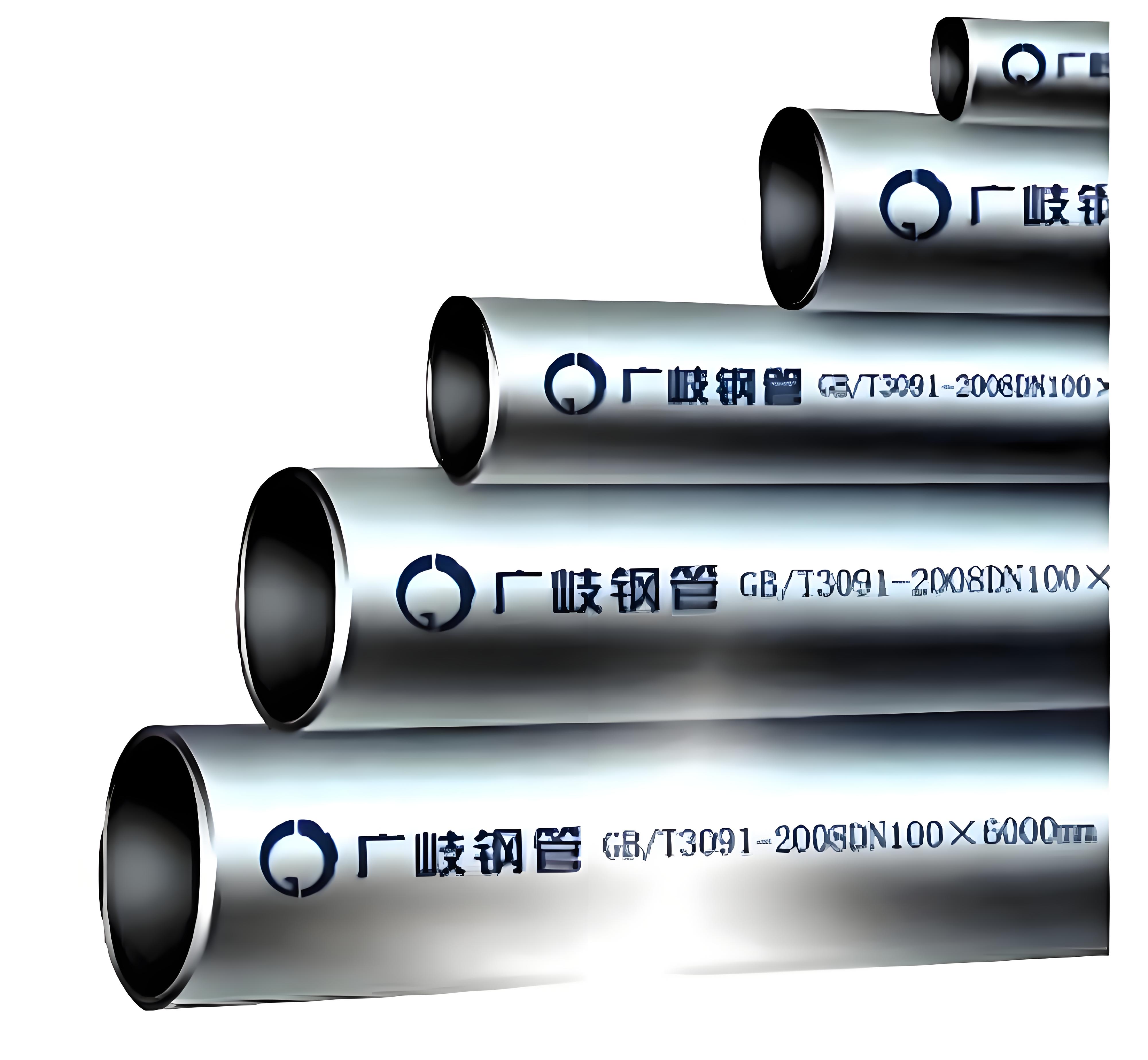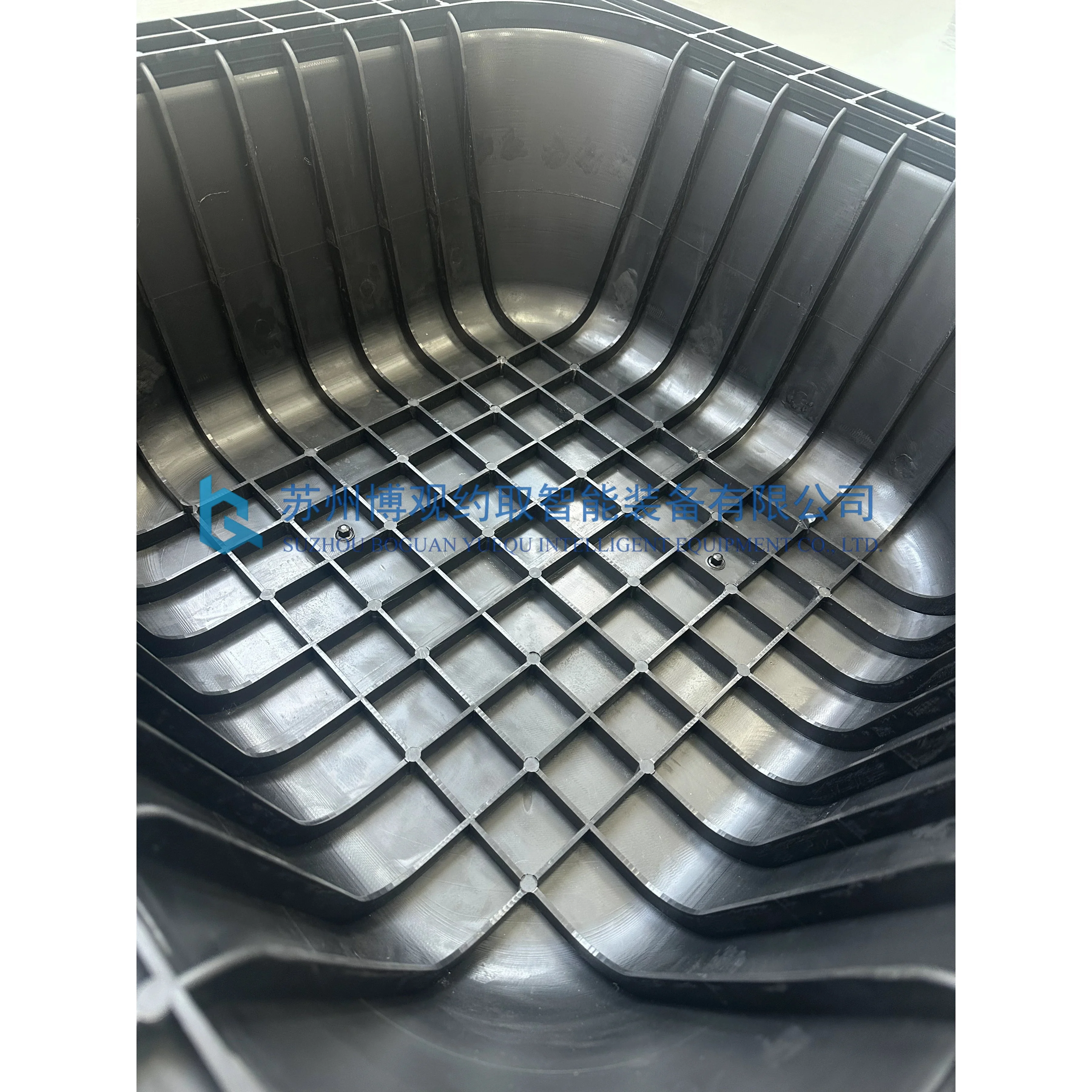Concrete block exterior walls are a popular choice for both residential and commercial buildings due to their durability, strength, and fire resistance. However, one of the significant challenges associated with concrete block construction is moisture infiltration. Water can seep through the porous nature of concrete blocks, leading to structural damage, mold growth, and decreased energy efficiency. Therefore, understanding how to effectively waterproof a concrete block exterior wall is crucial for maintaining the integrity of your property. This article will delve into advanced techniques and best practices for waterproofing, ensuring your walls remain dry and resilient.
Understanding the Importance of Waterproofing
Before diving into the methods of waterproofing, it’s essential to recognize why this process is vital. Concrete blocks, while robust, are inherently porous. This porosity allows water to penetrate the surface, especially in areas with high rainfall or humidity. Over time, this can lead to:
- Structural Damage: Water can weaken the concrete, leading to cracks and spalling.
- Mold and Mildew Growth: Moist environments are breeding grounds for mold, which can pose health risks.
- Energy Inefficiency: Moisture can affect insulation properties, leading to increased energy costs.
Step-by-Step Guide to Waterproofing Concrete Block Walls
- Assessing the Condition of the Wall
Before applying any waterproofing solutions, it’s crucial to assess the condition of the concrete block wall. Look for signs of moisture damage, such as efflorescence (white powdery residue), cracks, or mold growth. Addressing these issues before waterproofing is essential for the long-term success of the project.
- Cleaning the Surface
A clean surface is vital for the adhesion of waterproofing materials. Use a pressure washer to remove dirt, debris, and any loose paint or coatings. For stubborn stains or mold, a mixture of water and bleach can be effective. Ensure the wall is completely dry before proceeding to the next step.
- Repairing Cracks and Voids
Any visible cracks or voids should be repaired to prevent water ingress. Use a high-quality hydraulic cement or a concrete patching compound to fill in these imperfections. For larger cracks, consider using a flexible sealant that can accommodate movement in the wall.
- Choosing the Right Waterproofing Method
There are several methods to waterproof concrete block walls, each with its advantages:
- Liquid Waterproofing Membrane: This method involves applying a liquid membrane that cures to form a waterproof barrier. It’s ideal for both interior and exterior applications and can be applied using a brush or roller.
- Cementitious Waterproofing: This technique uses a cement-based product that is mixed with water and applied to the wall. It’s particularly effective for below-grade applications and can be used in conjunction with a liquid membrane for added protection.
- Water Repellent Coatings: These coatings penetrate the surface of the concrete and provide a hydrophobic barrier. They are often silicone or silane-based and are ideal for exterior applications where moisture exposure is a concern.
- Bentonite Clay: For below-grade walls, bentonite clay can be an effective waterproofing solution. It expands when wet, creating a barrier against water infiltration.
- Applying the Waterproofing Solution
Follow the manufacturer’s instructions for the chosen waterproofing method. Ensure even application and pay special attention to corners and joints, as these are common areas for water penetration. Multiple coats may be necessary for optimal protection.
- Installing a Drainage System
In addition to waterproofing the wall itself, consider installing a drainage system to manage water runoff effectively. This could include:
- French Drains: These are trenches filled with gravel that redirect water away from the foundation.
- Weep Holes: Installing weep holes at the base of the wall allows trapped moisture to escape, preventing buildup.
- Regular Maintenance and Inspection
Once waterproofing is complete, regular maintenance is essential. Inspect the walls periodically for signs of wear or damage, and reapply waterproofing solutions as needed. Keeping gutters and downspouts clear will also help manage water flow away from the walls.
Conclusion
Waterproofing a concrete block exterior wall is a multifaceted process that requires careful planning and execution. By understanding the importance of moisture management and employing the right techniques, you can protect your property from the damaging effects of water infiltration. Whether you choose liquid membranes, cementitious products, or water-repellent coatings, the key is to ensure thorough preparation and application. With regular maintenance, your waterproofed walls will stand the test of time, providing a safe and dry environment for years to come.


